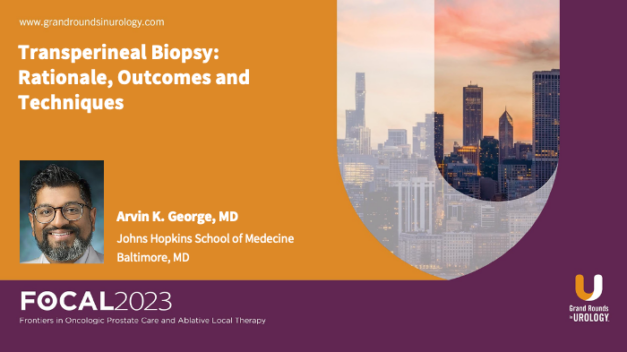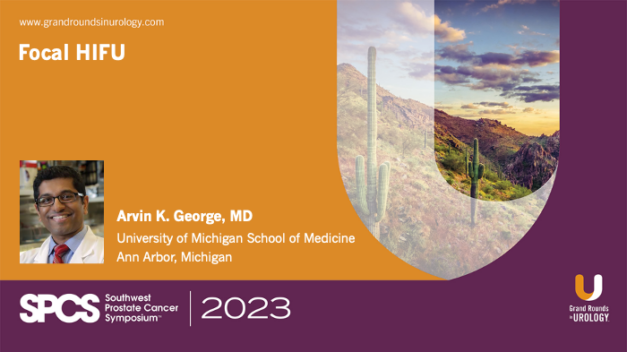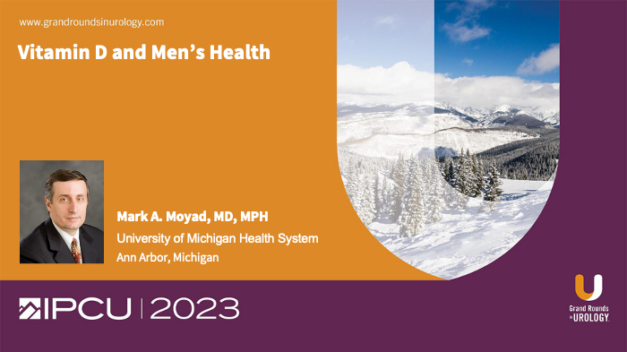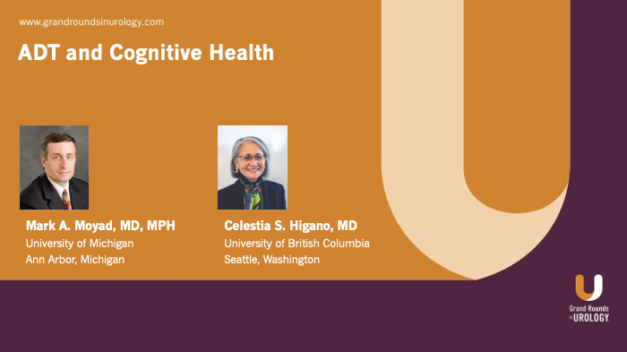Transperineal Biopsy: Rationale, Outcomes, and Techniques
Arvin K. George, MD, discusses the rationale behind performing transperineal biopsies over transrectal biopsies, supporting outcome data, and actionable techniques to combat the perceived shortcomings of the procedure. Dr. George begins by providing data on the fluoroquinolone-resistant infection risks of transrectal biopsies, and that, by avoiding the issue of antibiotic-resistant rectal flora, transperineal biopsies circumvent the rising rate of infections and strengthen antibiotic stewardship during procedures.
Dr. George then addresses the issue of patient pain in transperineal biopsies. He offers techniques on ideal administration of local anesthetic for decreasing patient pain.
Dr. George concludes by providing information on patient set-up, procedure equipment, and transperineal guides, presenting multiple options and encouraging urologists to choose according to their needs. He offers several resources for urologists and their patients from the Michigan Urologic Surgery Improvement Collaborative.
Read More




